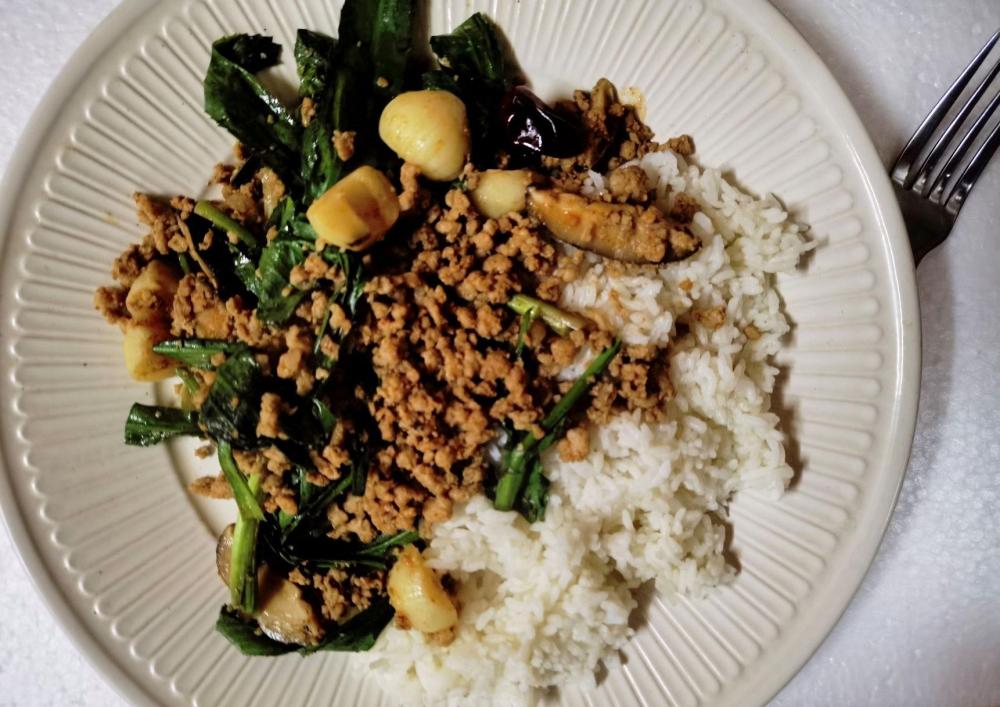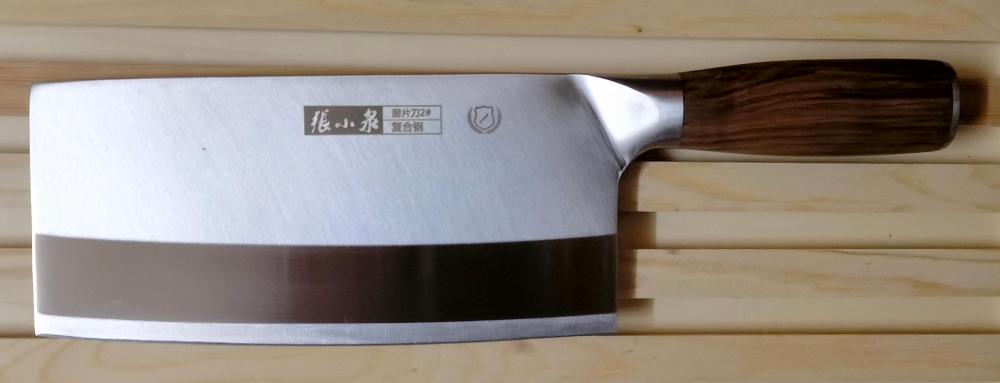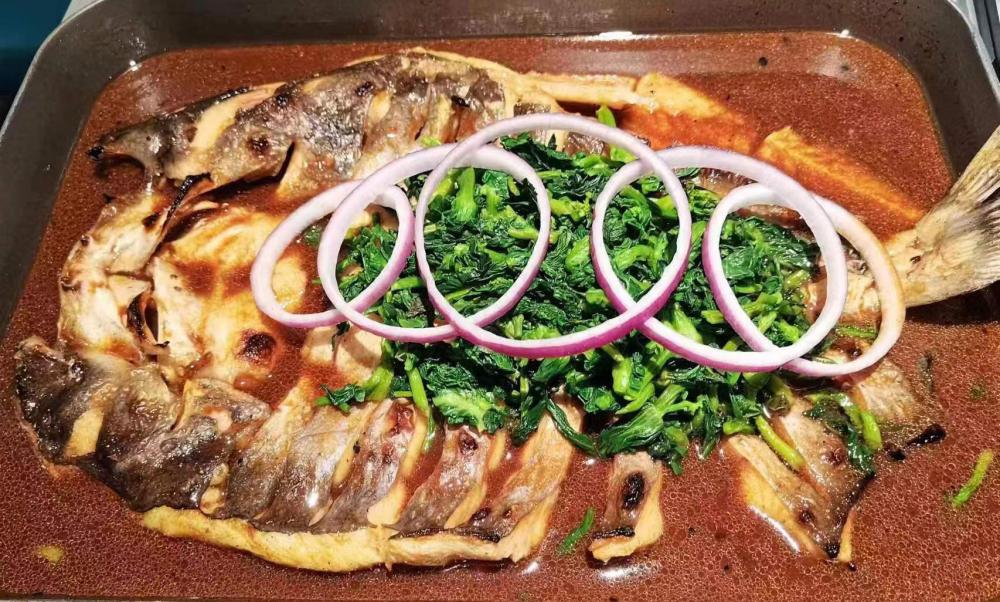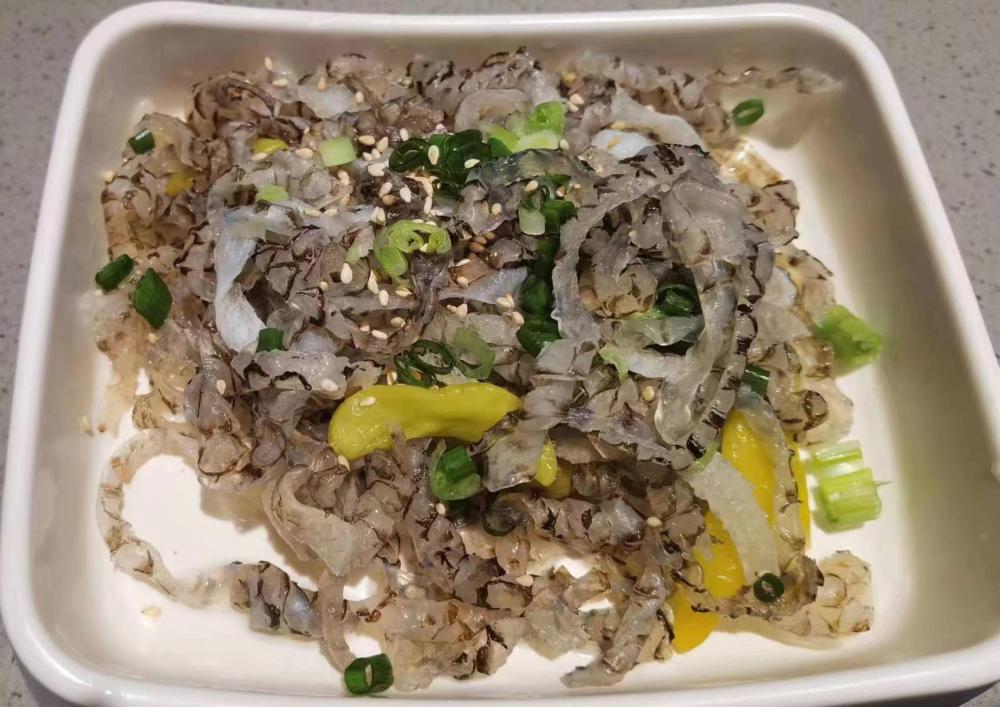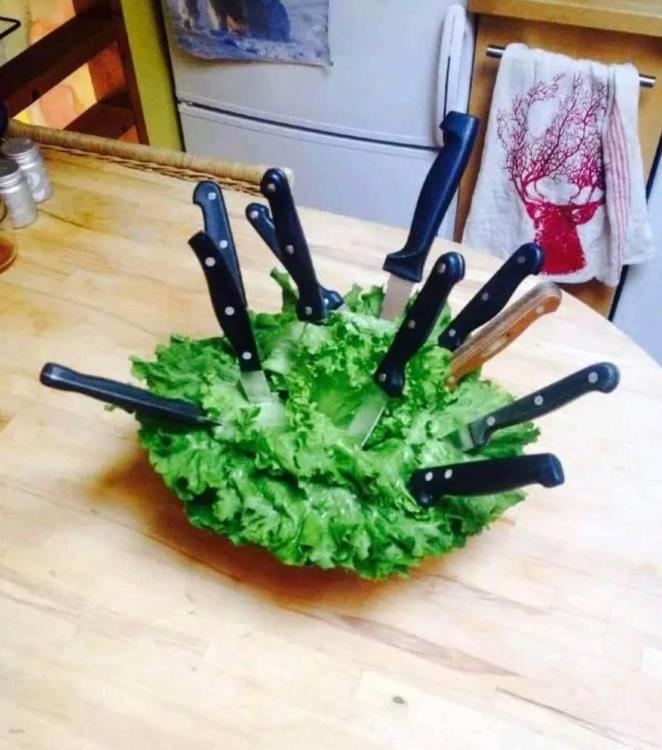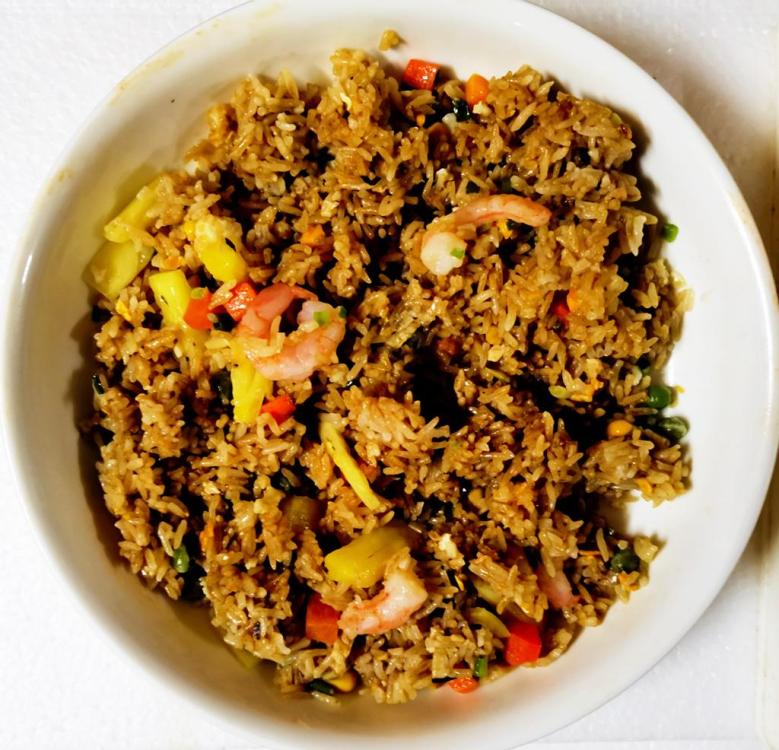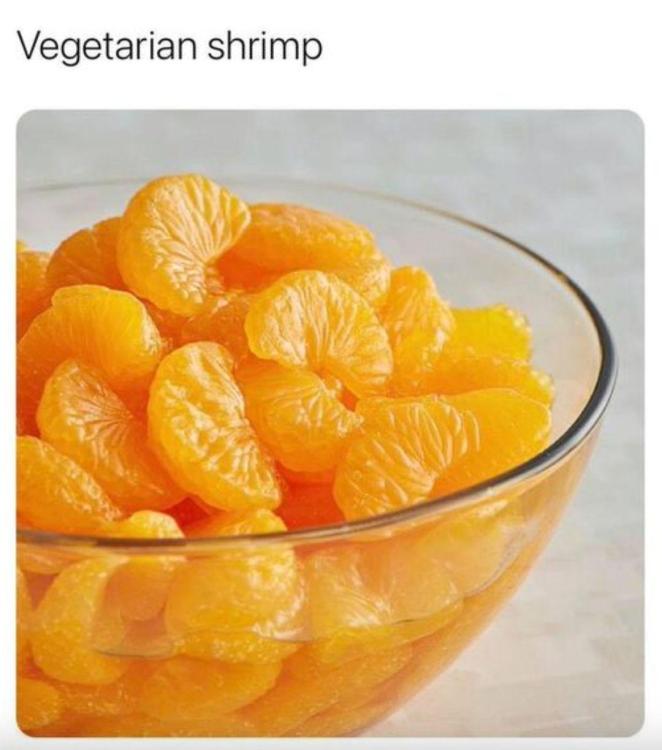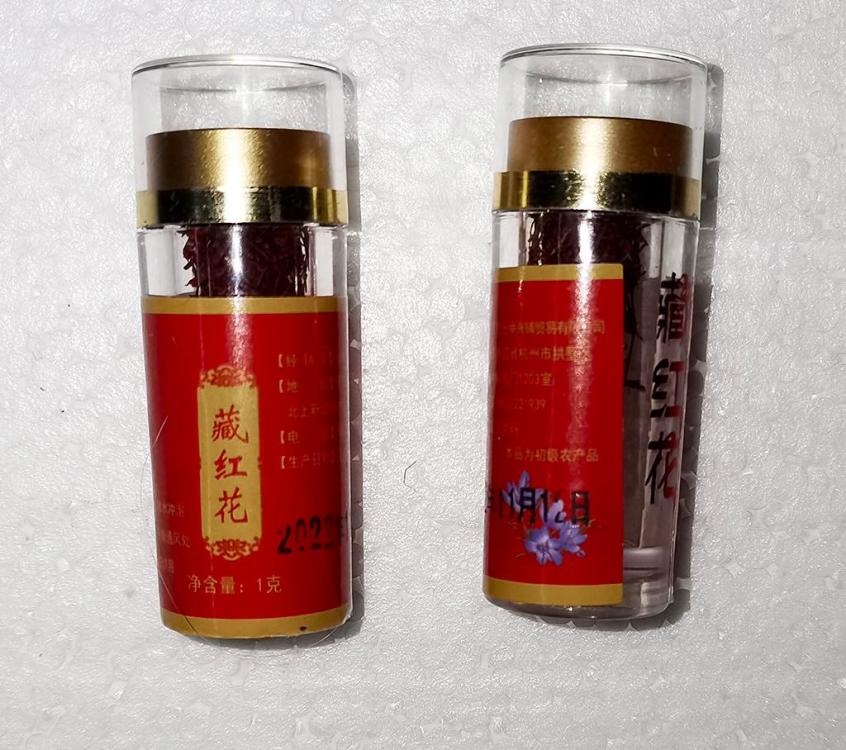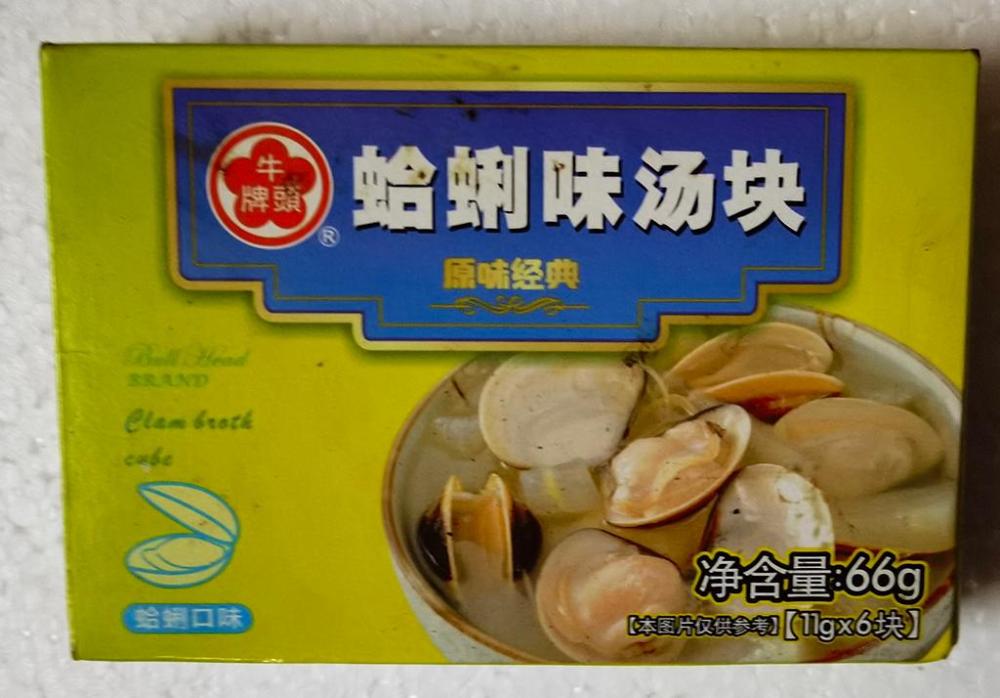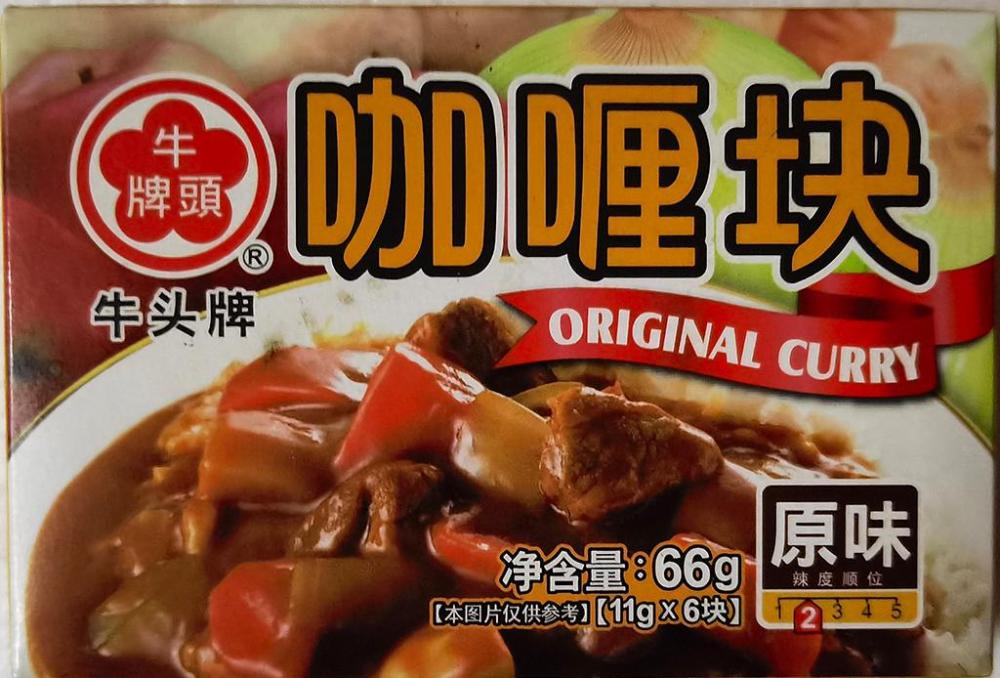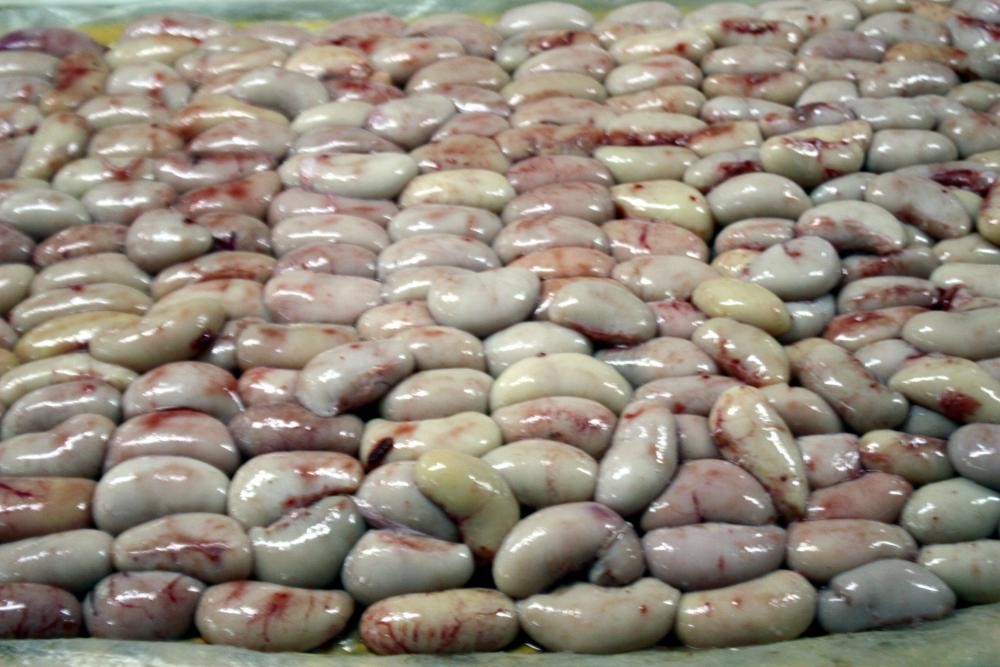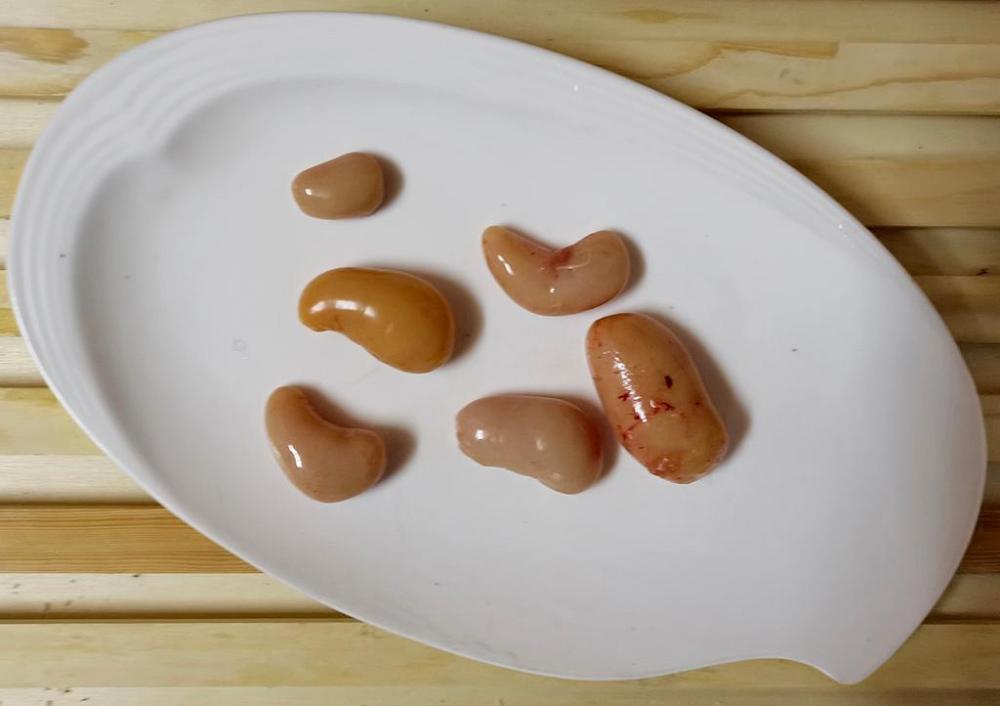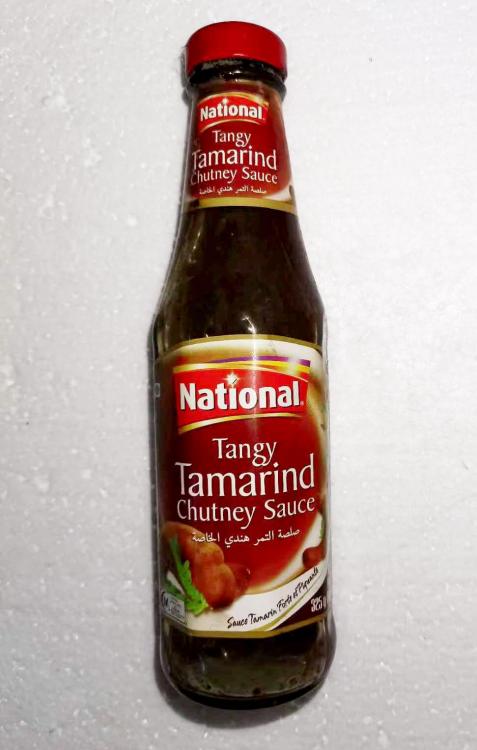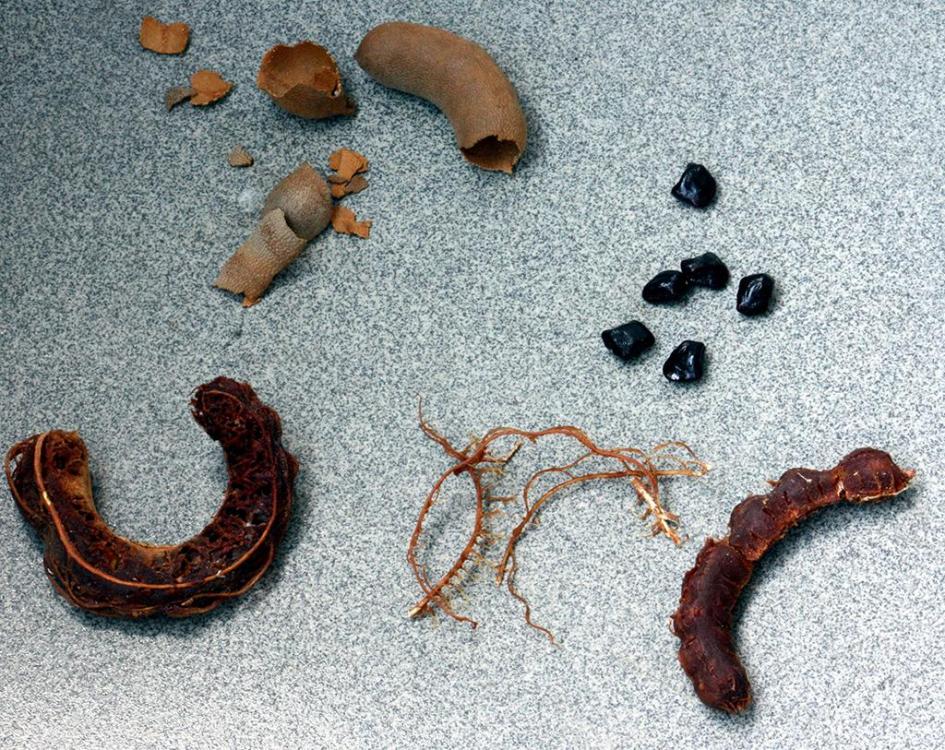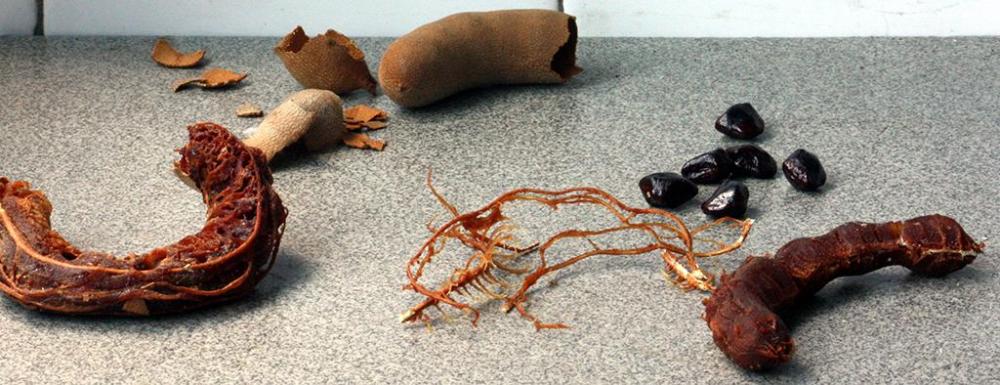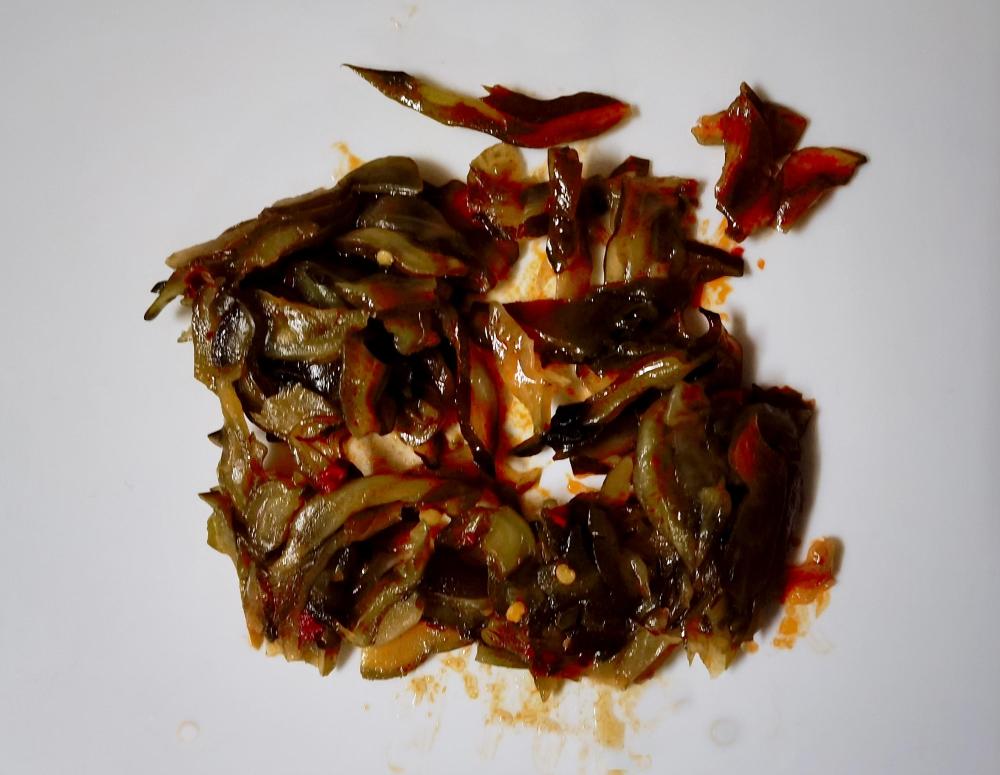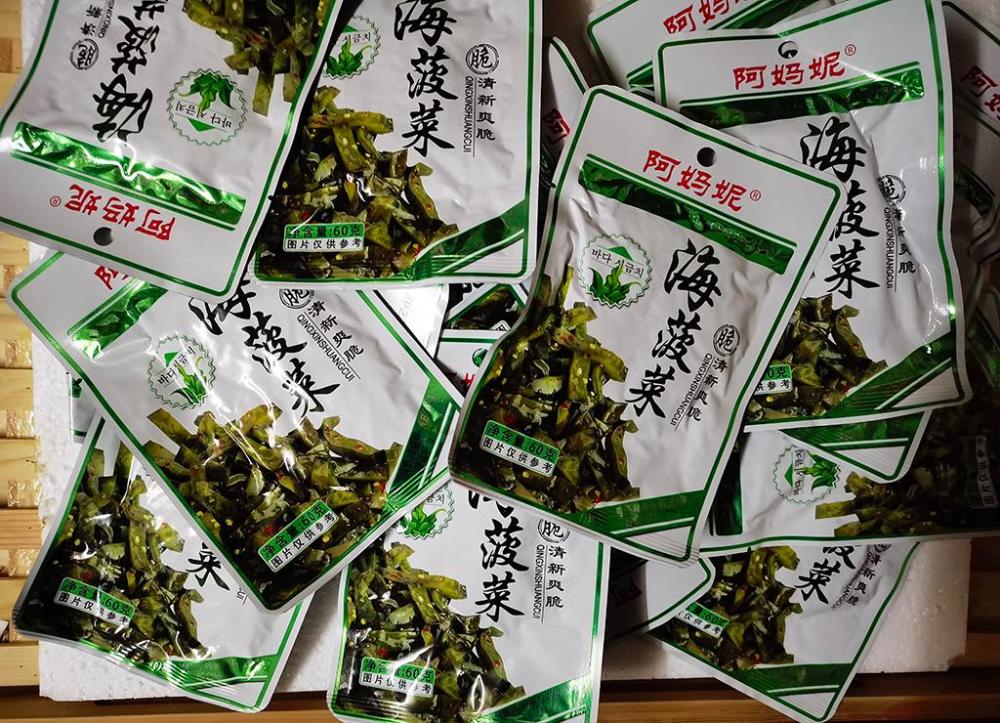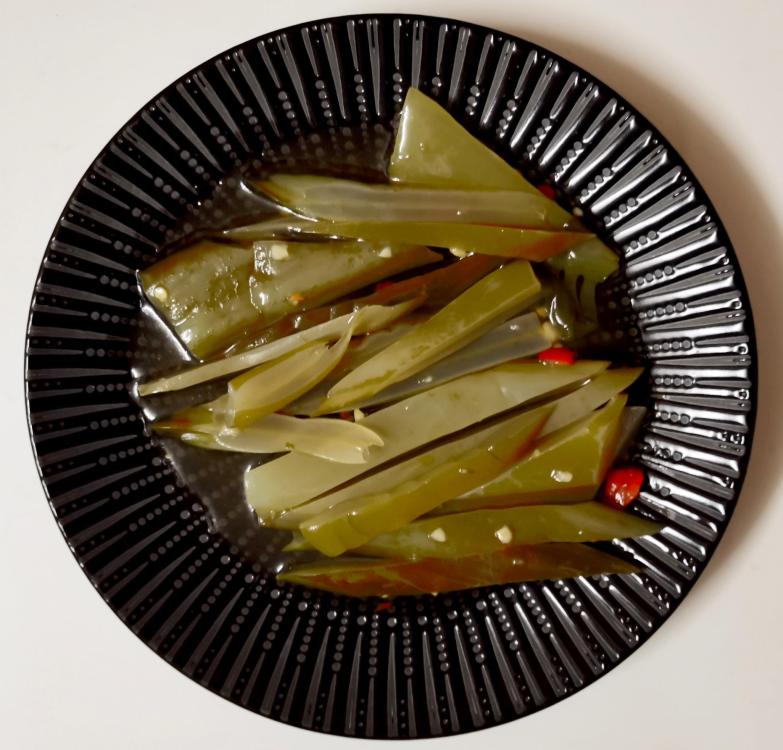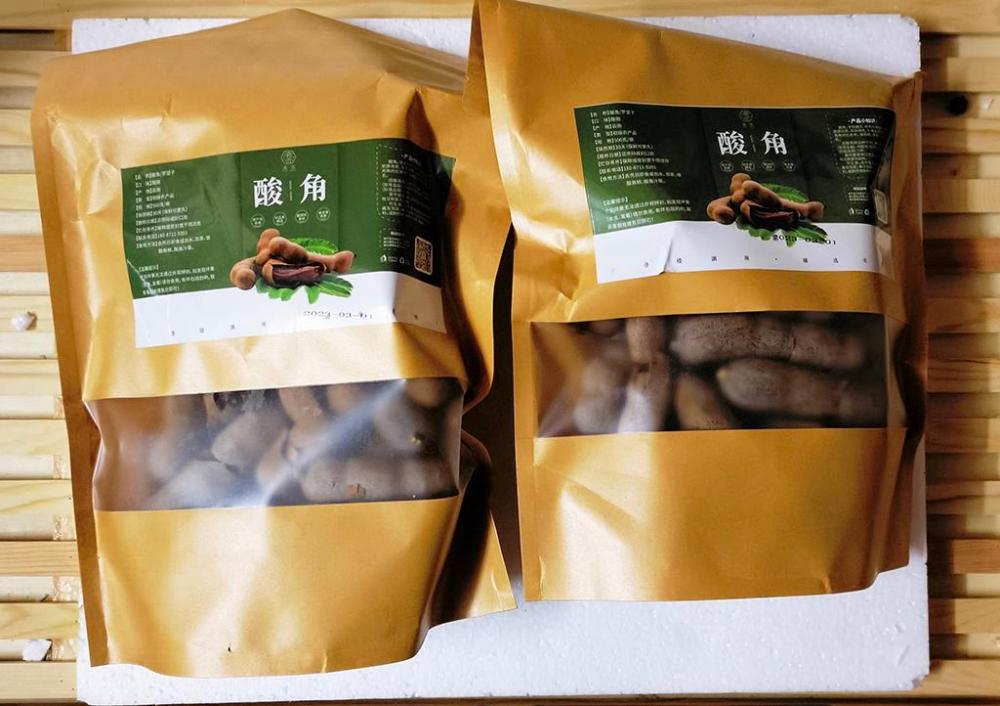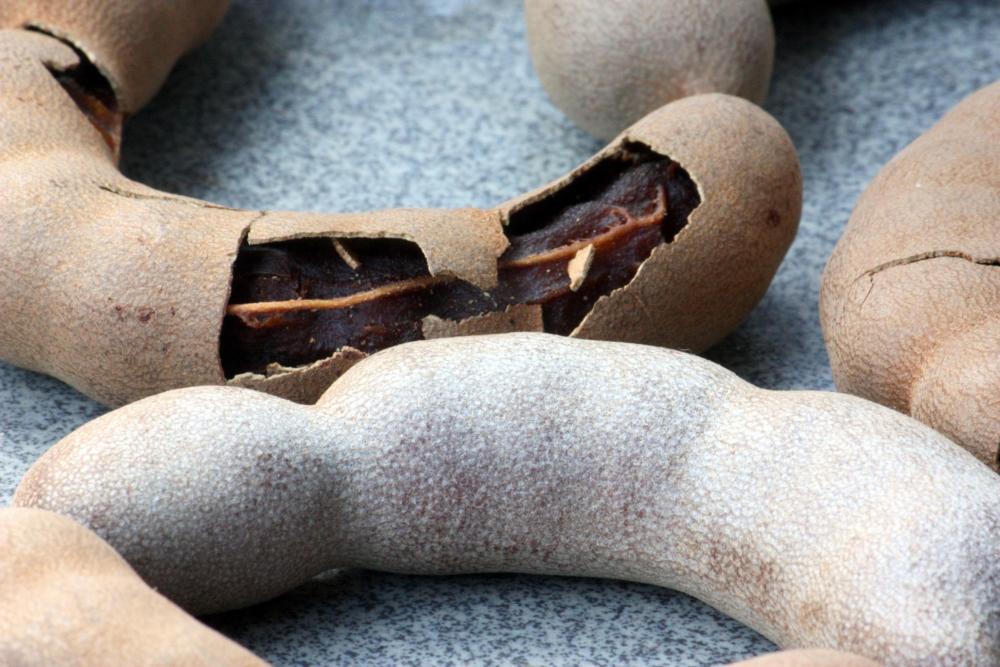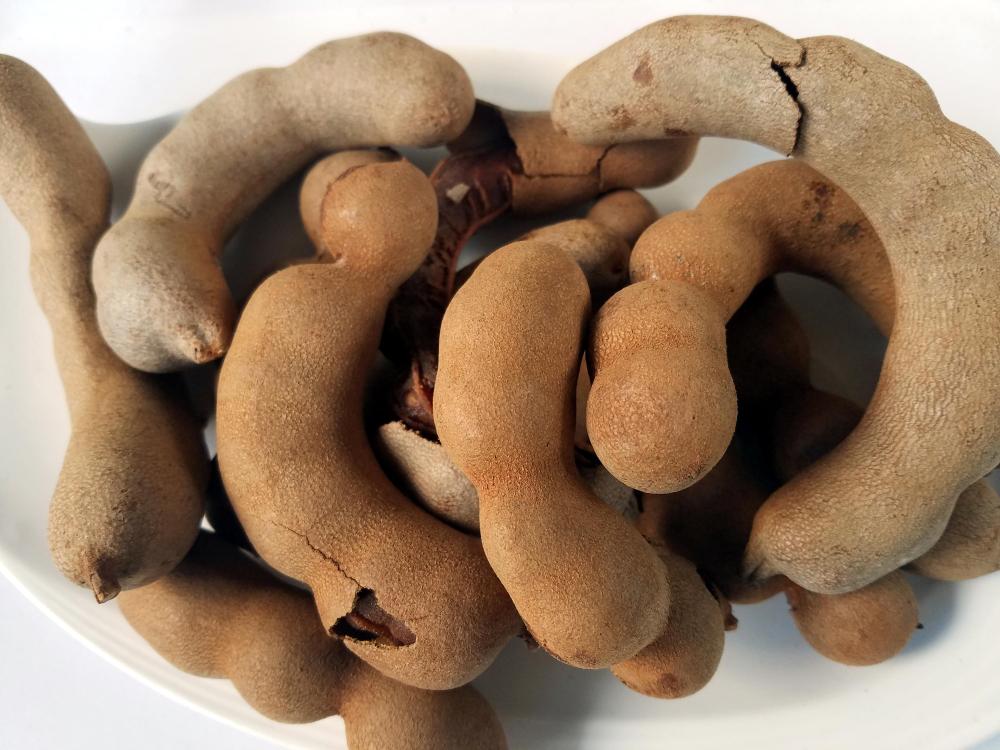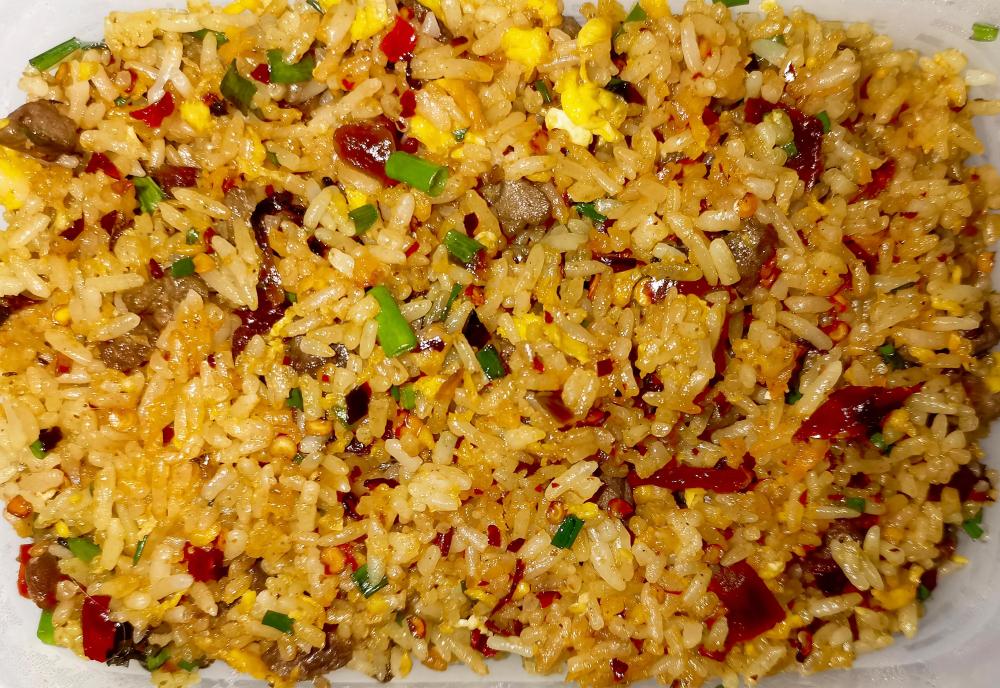-
Posts
16,673 -
Joined
-
Last visited
Content Type
Profiles
Forums
Store
Help Articles
Everything posted by liuzhou
-
After the last few posts, I'm kind of embarrassed to post this. However it is Fridge/Freezer Cleaning Eve and tomorrow I have two such things to deal with, so I've been avoiding buying ingredients that need cold. So I had some ground/minced leanish pork in freezer 1 and defrosted that, braised it with garlic (unchopped), sliced shiitake, Kashmiri mirch and Guizhou peppers, white wine, cilantro/coriander leaf and culantro. Served that with rice also from same freezer, and defrosted and heated up by Chef Mike. For a fridge clearing it wasn't at all bad. I may even repeat under more favourable conditions in future.
-
It's a Cantonese dish made from the skin of, usually dace or grass carp, which is boiled and usually served with soy sauce, ginger, scallions, peanuts, and sesame. I didn't use the peanuts or sesame but added pickled chilies instead, because I'm me. It is full of umami and different textures. Vietnam also has a version, but the recipe is totally different.
-
I don't know how widely available this is but it's my workhorse. Bought in China, of course. I have two others but this is my go to.
-
-
I would check out Chinatown. I've never been but I do know Houston has the second largest Indo-Chinese population in the USA after L.A. However, personally I'd never buy any kind of knife for someone else. You have to feel the knife you are going to use for balance etc. and pick the one that feels right for you.
-
Picked these up today. Two little vials of saffron. 2½ inches in length containing 1 gram in each. For some reason they were labelled "Tibetan Iranian Saffron" Most strange!
-
I forgot about these which I just found in one of the fridges. I've never used the curry ones but use the clam variety regularly.
-
Yes sour rather than bitter. My bad.
-
When tamarind is used in much cooking, it is often to bring a bitterness (not always a bad thing) to often southern Asian cuisine and is made from green, immature fruit. As it matures, it become sweeter, while maintaining a sweet and sour flavour. The only blocks I've seen have been made from unripe pods.
-
Indeed. Yet their drinks menu, although littered with silly cocktail names (which is normal), is one of the saner ones. The children's menu is the least childish.
-
Pretentious, ridiculous or just plain stupid menus. I came across this menu from a restaurant in Manchester, England. The restaurant is called The Laundrette and the varous sections in their main menu are labelled using washing machine terminology, almost at random. Appetisers are Prewash, Pizzas are Spin Cycles, Burgers are Prewash (???), Starters are Small Loads, Salads are Easy Care, Steaks are Press (???), Desserts are Delicates, Mains are Full Load, Sides are Rinse (???) and then we have a failure with Extras. The sad menu is here (PDF)
-
I'd forgotten about this somewhat silly topic, but would just like to introduce you to what is known in Chinese as 公鸡蛋 (gōng jī dàn) which means male chicken (rooster or cock) eggs. They are in fact rooster testicles. And very tasty!
-
@Smithy Having just read this I'm now wondering which you get (I'm guessing the latter) and whether that may account for your finding them trouble some while I don't. On an aside, I also have this tamarind sauce which comes from Pakistan and is rather good.
-
It is possible your tamarind isn't so fresh. I find dealing with them no trouble whatsoever. I just crack the brittle shells and discard them then peel off the strings. Then, I simply pop the flesh into my mouth and suck it away from the seeds. (The seeds are not edible in their raw state but can be roasted and eaten, not that I've ever done that.)
-
Ulva lactuca, Sea lettuce (sometimes known as sea spinach or sea cabbage), grows in oceans around the world and is probably the most widely distributed of all edible seaweeds. The variety found in the N.E. Atlantic is considered by some to be a different genus, Ulva fenestrata but agreement on that is absent. Whatever we get in Scotland is used in salads and in soups, whereas in Korea (both) it is used to make a version of 김치 – kimchi. I’m told it is also popular in Hawaii where it may also appear in soups or salted with raw fish. Etc. In China, where it is known as 海莴苣 (hǎi wō jù, sea lettuce) or in the packets illustrated here 海菠菜 (hǎi bō cài, sea spinach) or 石莼 (shí chún) it leans more to the Korean treatment. This lot comes from near the North Korean – Chinese border. It is pickled with spices and sold as a snack food. Less often, I see it fresh.
-
I used to buy this regularly in one store, but it disappeared one night a few years ago. I found it this week online and it arrived today. Two bags of fresh tamarind each containing a nominal 500 grams (actually just over).
-

"Phrases I'd never expected to write" dept: Sushi Terrorism
liuzhou replied to a topic in Food Traditions & Culture
https://www.theguardian.com/world/2023/mar/09/arrests-made-after-wave-of-sushi-terrorism-upends-japans-restaurant-industry






